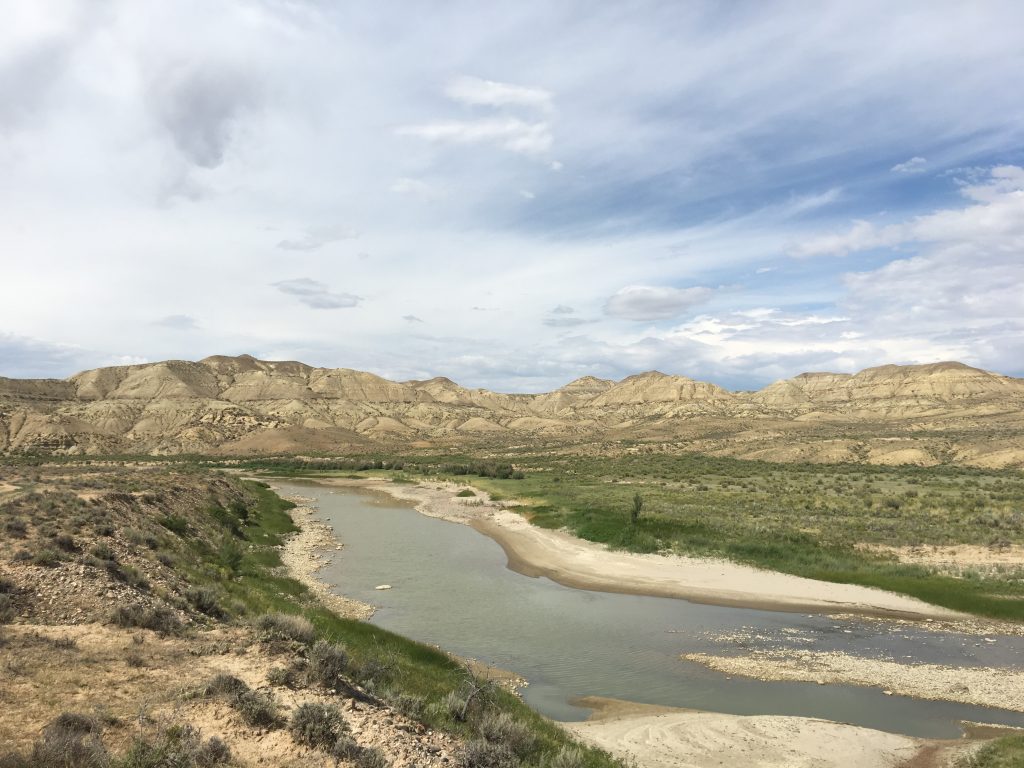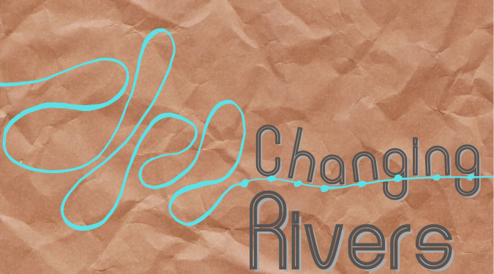 A river is more than simply a channel that conveys water downstream. A river is an ecosystem that supports a wide array of living organisms and provides numerous ecosystem services. But only a small proportion of the rivers of the contiguous United States remain in a fully functional, natural state: about 2% of the total length of US rivers remain unaffected by dams, for example.
A river is more than simply a channel that conveys water downstream. A river is an ecosystem that supports a wide array of living organisms and provides numerous ecosystem services. But only a small proportion of the rivers of the contiguous United States remain in a fully functional, natural state: about 2% of the total length of US rivers remain unaffected by dams, for example.
Human alterations to river corridors
The list of ways in which humans alter river ecosystems is very long and the list of rivers in the US affected by these alterations is even longer. Why does this matter? The cumulative effect of human alterations appears to be enormous. Freshwater organisms have a much higher extinction rate than terrestrial organisms. Most of the nation’s major estuaries have severe problems with eutrophication caused by excess nitrate in the river water entering the estuary. Flood damages continue to rise, adjusted for inflation, despite more than a century of intensive engineering designed to reduce flood hazards. Water quality remains impaired in most rivers – how many rivers in the continental US would you cup in your hands to drink from without somehow purifying the water?
Changing U.S. Rivers: Past, present, and future
The rivers of the US are damaged, but they are not dead. Our intent in this website is to enhance awareness of human alterations of rivers across the contiguous United States. The rivers highlighted here represent thousands of other rivers that have undergone analogous changes. We also wish to inspire readers to engage in protecting and restoring rivers.

